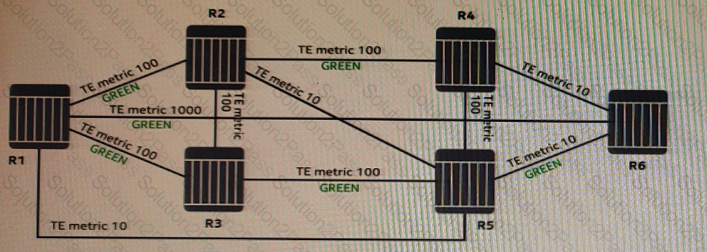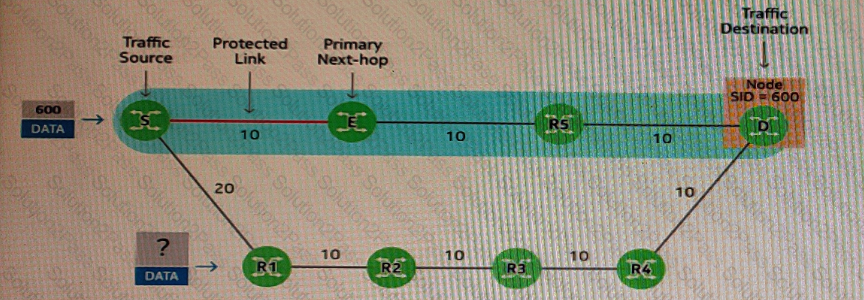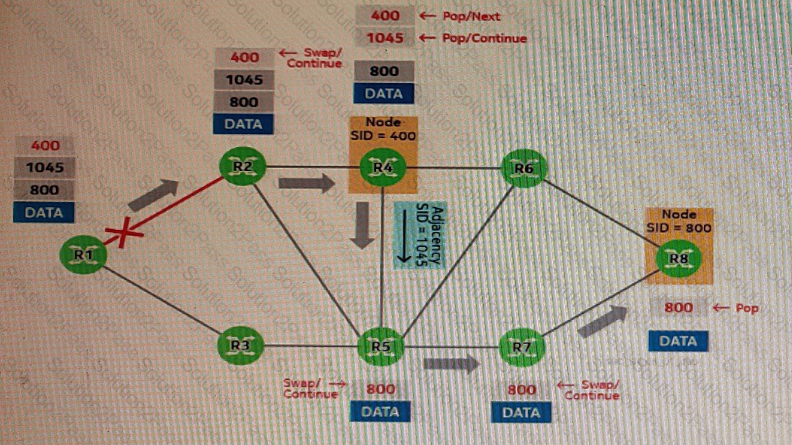4A0-116 Nokia Segment Routing Exam Free Practice Exam Questions (2025 Updated)
Prepare effectively for your Nokia 4A0-116 Nokia Segment Routing Exam certification with our extensive collection of free, high-quality practice questions. Each question is designed to mirror the actual exam format and objectives, complete with comprehensive answers and detailed explanations. Our materials are regularly updated for 2025, ensuring you have the most current resources to build confidence and succeed on your first attempt.
Loopfree-alternate has been enabled on a router for its link-state routing protocol. For which types of segments will the router attempt to find a backup path, so that they become protected by fast re-route?
When OSPF is used to support Segment Routing, the first byte of the link-state ID associated with each of the opaque LSAs indicates the type of information being advertised. Which of the following associations between the first-byte value and its meaning is FALSE?
Examine the exhibit.

An LSP is being configured to start at R1and end at R6 using local CSPF. The LSP has the following constraints. Include admin-group GREEN, use the TE metric and hop-limit 3. What routers will be included in the LSP path?
Which of the following statements about a Segment Routing SID is FALSE?
Which of the following statements about SR-TE administrative constraints is FALSE?
Based on the exhibit, which of the following statements about fast re-route for flex-algo instance 129 is TRUE?

The exhibit highlights in blue the primary path of a segment going from router S to router D. The exhibit also shows a backup path. The protected link fails and fast re-route is triggered on router S. If the backup path has been calculated using standard LFA, how many SIDs are included in the label stack of the data packet forwarded to router R1?

The exhibit presents packets being transmitted inside an LSP's multi-segment primary path going from router R1 to router R8. The LSP also has a standby secondary path, and Seamless-BFD has been enabled on the primary path. The link between routers R1 and R2 fails, and fast re-route (FRR) is triggered. As a result, router R1 forwards the packets to router R3 and adds the proper FRR encapsulation to reach which router?

Which of the following steps is NOT required when configuring IS-IS to support Segment Routing?
Which of the following statements about primary and secondary SR-TE LSP paths is FALSE?
Which of the following is NOT one of the main goals of traffic engineering?
Which of the following statements about Segment Routing is FALSE?
